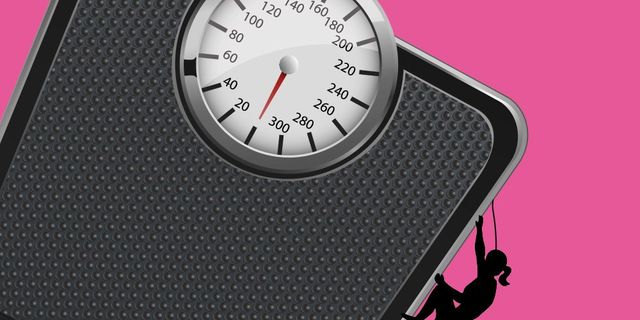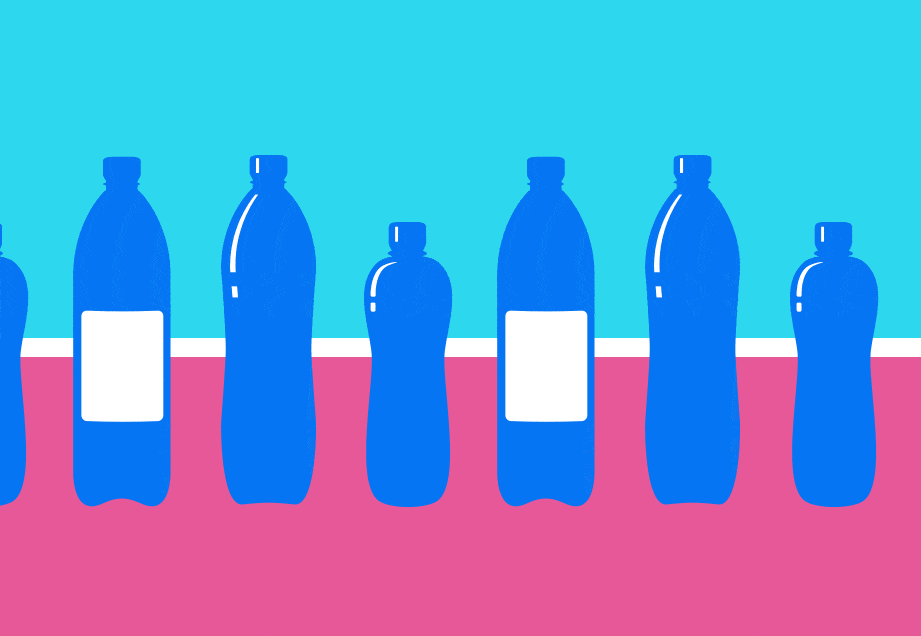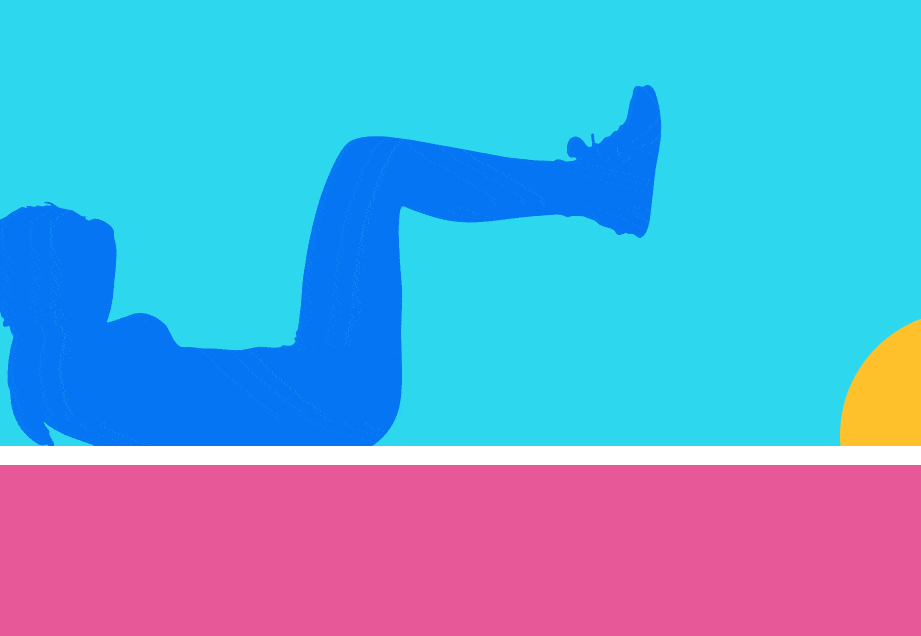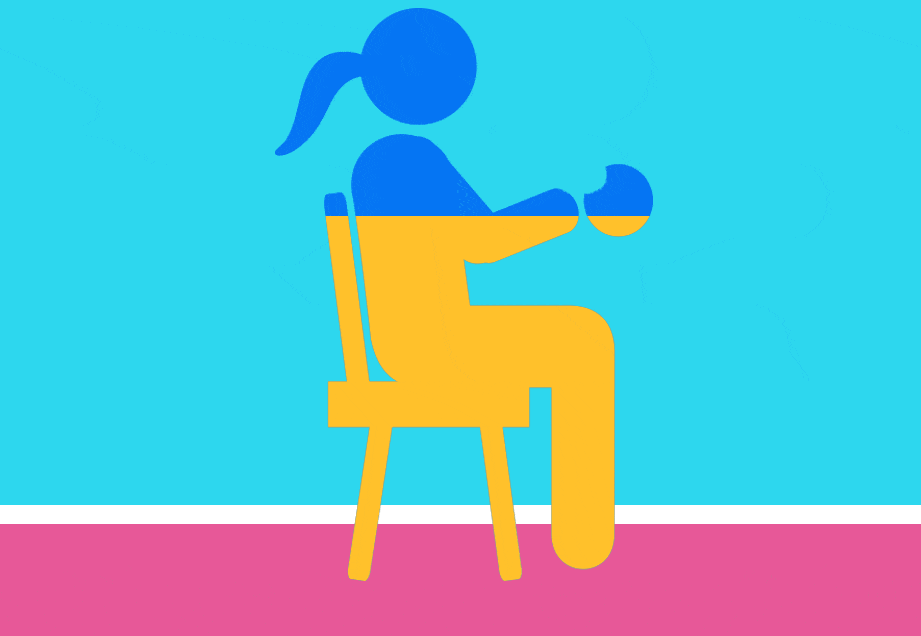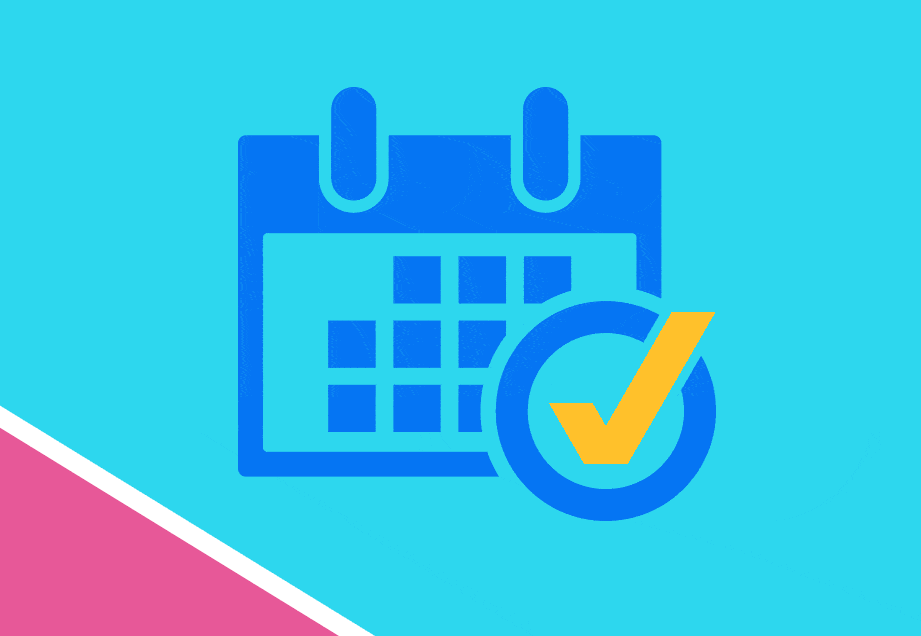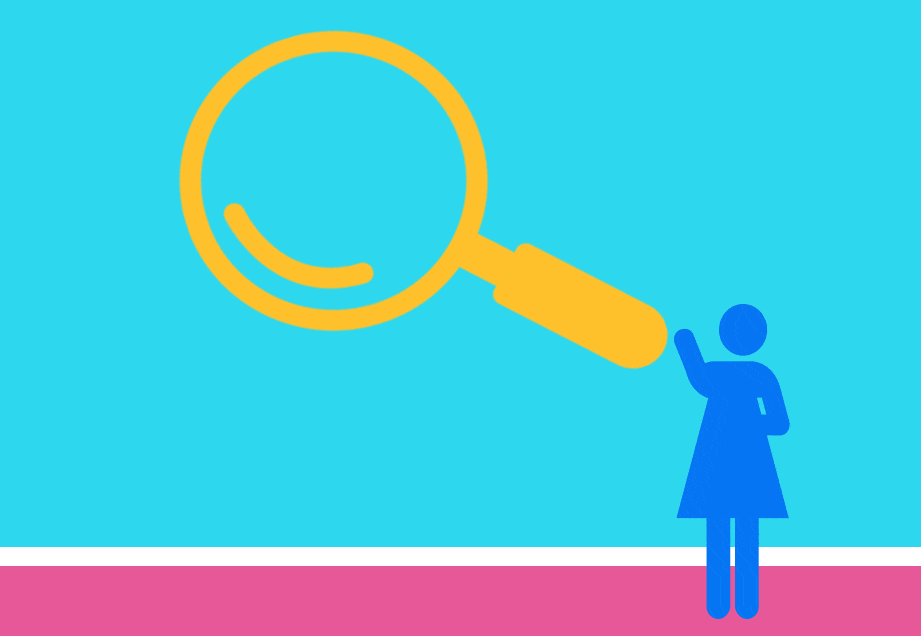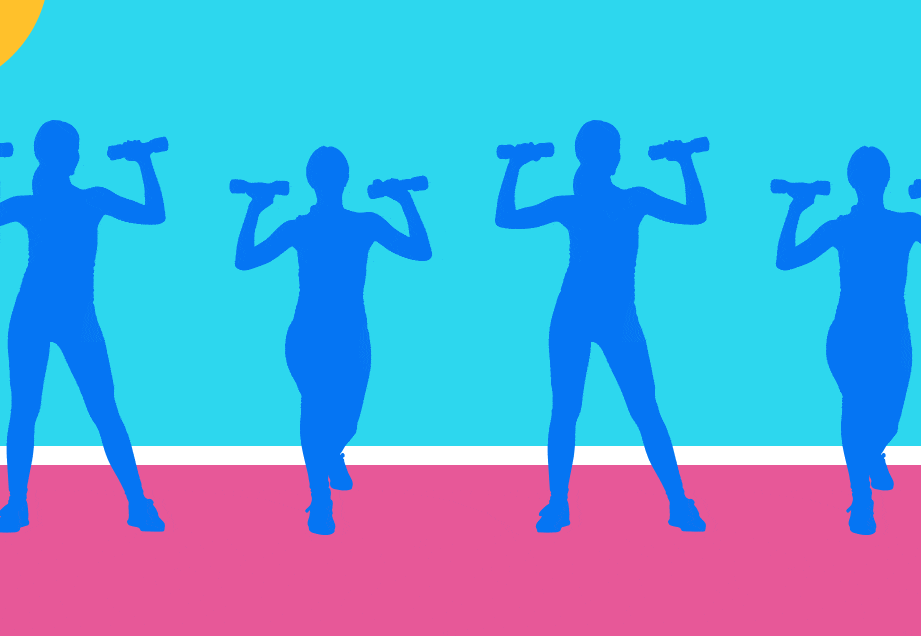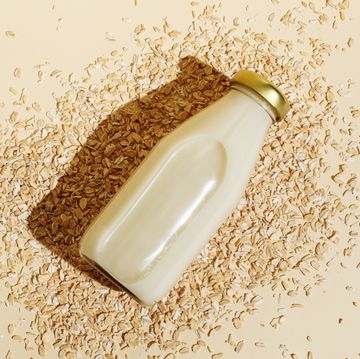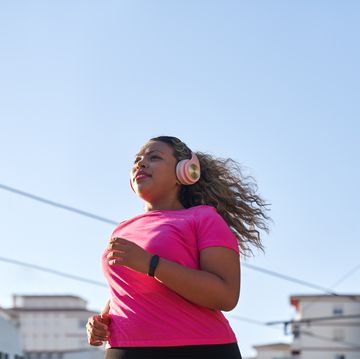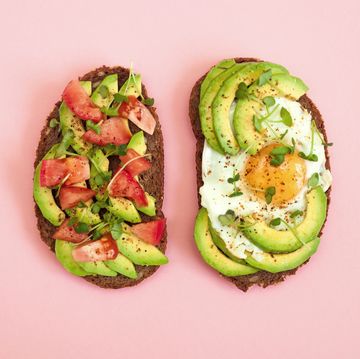A Weight Loss Rookie's Guide to Dropping Pounds Fast
You're about to get a crash course in seeing RESULTS.
Even if you're #blessed with a super-fast metabolism, at some point, you'll likely have to face the fact that your natural calorie-burning ability just isn't what it used to be. Thanks, biology!
As you get older, your metabolism starts to slow down. According to the American Council on Exercise, your basal metabolic rate drops roughly one to two percent per decade. So if you're finding that you're eating the same things as you used to, but you're not able to keep the weight off as easily as you once did, it's not in your head.
While that may be a scientific fact, it doesn't make it any easier to deal with weight gain—especially if you have no experience trying to drop pounds.
So what's a weight-loss newbie to do? Here's our ultimate guide to weight loss for beginners.
Watch Next


Here's Exactly What To Eat On The Slow-Carb Diet

What Are The Signs Of A 'Hormonal Belly'?
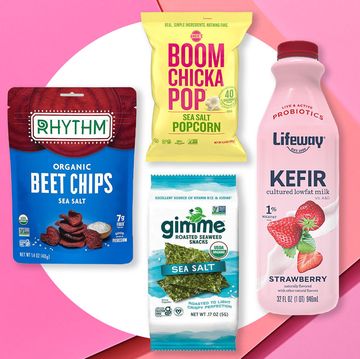
30 Healthy Snacks That Can Help You Lose Weight

Here's What To Eat On The Mediterranean Diet Plan
